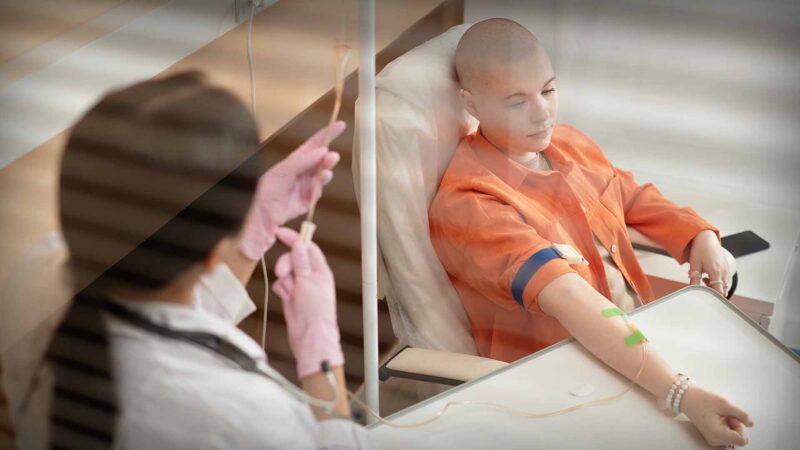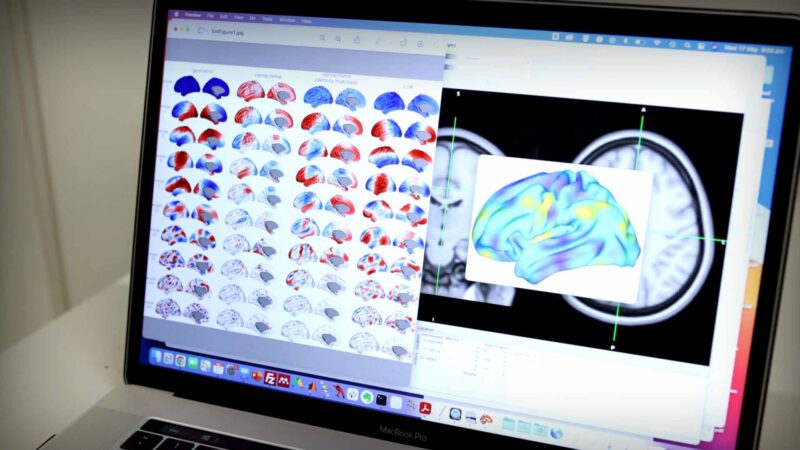AUSTRALIAN TELETRIAL PROGRAM REACHES SIGNIFICANT MILESTONES IN TRIALS AND PARTICIPANTS From origins in Townsville to being national program across multiple disease states and populations
Filmed in Brisbane & Townsville, Queensland and Darwin, Northern Territory | November 2024
Launched in 2022, the Australian Teletrial Program is an initiative designed to improve access to clinical trials for people living in regional and remote areas of Australia. It uses telemedicine and digital technologies to enable patients to participate in clinical trials without needing to travel long distances to major metropolitan centres, which can often be a barrier to participation for those in rural and isolated locations.
The program connects patients with researchers, medical professionals, and trial coordinators via video consultations and telehealth tools. This allows patients to receive treatment and follow-up care from their local healthcare providers, while still participating in high-quality clinical research.
Key Features of the Australian Teletrial Program:
- Remote Access to Trials: It facilitates the inclusion of patients from regional and remote areas who would otherwise have difficulty accessing clinical trials due to distance or travel constraints.
- Collaboration: The program involves partnerships between local healthcare providers, hospitals, research institutions, and trial sponsors. This collaborative model ensures that patients receive the best care and support throughout the trial process.
- Digital Health Technologies: Telehealth technologies, such as video conferencing, remote monitoring, and digital data collection, are used to manage patient care and ensure compliance with trial protocols.
- Widening Participation: It aims to diversify and increase the representation of regional and rural populations in clinical trials, which is important for trial results to include the broader population.
The Teletrial Program is part of a broader effort to improve the inclusivity and accessibility of medical research across Australia, ensuring that individuals, regardless of their location, have the opportunity to participate in cutting-edge clinical trials.
Recently Australian Health Journal met with Kaye Hewson, Director, Australian Teletrials Program, who spoke about the program’s recent achievements:
- Being a proven program outside of oncology, with clinical specialties such as respiratory, cardiac, diabetes, sexual health, mental health filling a gap in service and equity.
- In regional, rural and remote places, with adults and paediatrics involved in the program, a higher than national average participation rate of clinical trials by First Nations peoples in satellite locations.
- Savings of time, money and distance for those patients to satellite sites.
- Having over a thousand participants in teletrials across the six jurisdictions.
- Established collaborative and supportive mechanism and network around education and training.
Australian Health Journal also spoke with Melanie Poxton, Assistant Director of Nursing at the program’s Queensland Regional Clinical Trials Coordinating Centre (QRCCC) in Townsville University Hospital, North Queensland and Heather Parker, the Northern Territory Australian Teletrial Program Manager with NT Health.
Produced in collaboration with the Australian Teletrial Program.
You Might also like
-
Physiotherapist, exercise physiologist support for management of osteoporosis
Osteoporosis is commonly managed medically and typically with treatment. Exercise is also essential in the management of osteoporosis but tends to be under-utilised due to lack of knowledge and unfounded concerns about the risk of injury. In fact, optimal care of people with low bone mass, osteoporosis and/or increased risk of falling can and should include targeted exercise to help prevent osteoporotic fracture.
In early 2024, Healthy Bones Australia released a summary of the principles of osteogenic loading and fall prevention, the translation of those principles into clinical practice, evidence-based recommendations for exercise prescription, and special considerations, along with links to several relevant resources for people with or at risk of osteoporosis, falls and fractures.
-
Mission to raise awareness of sarcoma and need for clinical trial funding
Sarcoma, a rare and aggressive cancer, remains the deadliest cancer for children and young adults, accounting for nearly one third (30%) of cancer-related deaths among those aged 15–24 and one tenth (10%) of those aged 0–14. Further, still severely under-diagnosed, sarcoma only accounts for one sixth (15%) of all cancer diagnoses in the 15 – 24 age group, and less than a tenth (8%) among children under 10.
-
Landmark brain shape study
For over a century, researchers have thought that the patterns of brain activity that define our experiences, hopes and dreams are determined by how different brain regions communicate with each other through a complex web of trillions of cellular connections.
Now, a Monash University Turner Institute for Brain and Mental Health-led study has examined more than 10,000 different maps of human brain activity and found that the overall shape of a person’s brain exerts a far greater influence on how we think, feel and behave than its intricate neuronal connectivity.



